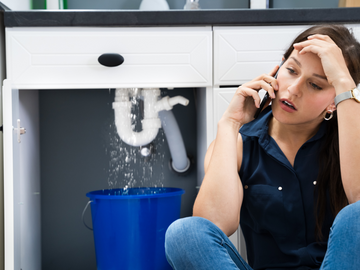In various industrial environments, precise measurement of water quality is essential for operational excellence. Sensor calibration water devices are vital in guaranteeing accuracy, which is crucial for upholding quality benchmarks. For professionals involved in Industry QA, mastering the nuances of these calibration processes is essential.

The Importance of Calibration
Calibration is fundamental to ensuring that sensors deliver both accurate and repeatable readings. Over time, external influences, such as variations in temperature and sensor degradation, may cause measurements to drift. This drift could lead to significant inaccuracies, impacting decision-making and compliance with established industry standards.
The Fundamentals of Calibration
Essentially, sensor calibration involves comparing a sensors readings against a predetermined standard. This process entails adjusting the sensors output to align with these reference values. Conducting regular calibration checks can help identify shifts in sensor performance, enabling timely corrections.
Categories of Water Quality Sensors
A variety of sensor types are utilized for monitoring water quality, including pH sensors, turbidity sensors, and conductivity meters. Each sensor type necessitates specific calibration techniques tailored to its unique functionalities and environmental impacts.
Calibration Methods and Instruments
Calibration typically involves using calibration solutions or reference samples. For example, pH sensors are often calibrated with buffer solutions of known pH values, while conductivity meters require reference solutions with exact conductivity levels. Adhering to the manufacturers specifications is crucial for achieving accurate calibration outcomes.
Challenges and Solutions
Common challenges associated with sensor calibration include environmental variations and sensor drift. To address these issues, it is advisable to recalibrate sensors on a regular basis and, where feasible, employ automated calibration systems. The adoption of advanced technologies, such as AI-enabled calibration, is rising, promising greater precision and reduced maintenance efforts.
Regulatory Compliance and Standards
Industries that work with water quality are governed by strict regulatory standards. Regular calibration plays a key role in meeting these requirements, thus ensuring the safety and quality of water supplies. Non-compliance can result in significant penalties and damage public trust.
The Future of Sensor Calibration
The future of calibration is moving towards smarter systems that incorporate IoT and AI innovations for real-time monitoring and automatic adjustments of sensors. These advancements are set to improve accuracy, decrease the need for human intervention, and boost overall operational efficiency.
For more in-depth insights into modern water devices, you may explore Home Protection Sensors or Alexa-Compatible Sensors.
Conclusion
The significance of sensor calibration water devices in industries cannot be overstated. They are integral to ensuring the accuracy and dependability of water quality assessments, which are essential to operational success. By understanding and investing in effective calibration methodologies, Industry QA experts can uphold high standards of quality and efficiency in their operations.

FAQs
What are the main components of water sensor devices?
Water sensor devices mainly consist of a sensing element, a processing unit, and an output display. These components work collaboratively to measure, process, and present data related to water quality.
How often should sensor calibration be performed?
The frequency of calibration largely depends on the type of sensor and its application. In general, it is advisable to calibrate regularly, especially if sensors are subjected to harsh environments or show any signs of drift.
Can calibration be automated?
Absolutely! Many modern systems feature integrated automated calibration processes. These advanced systems utilize cutting-edge technologies to dynamically adjust sensor outputs, minimizing the need for manual adjustments.
For a detailed guide on how water sensors function, check out this resource.






